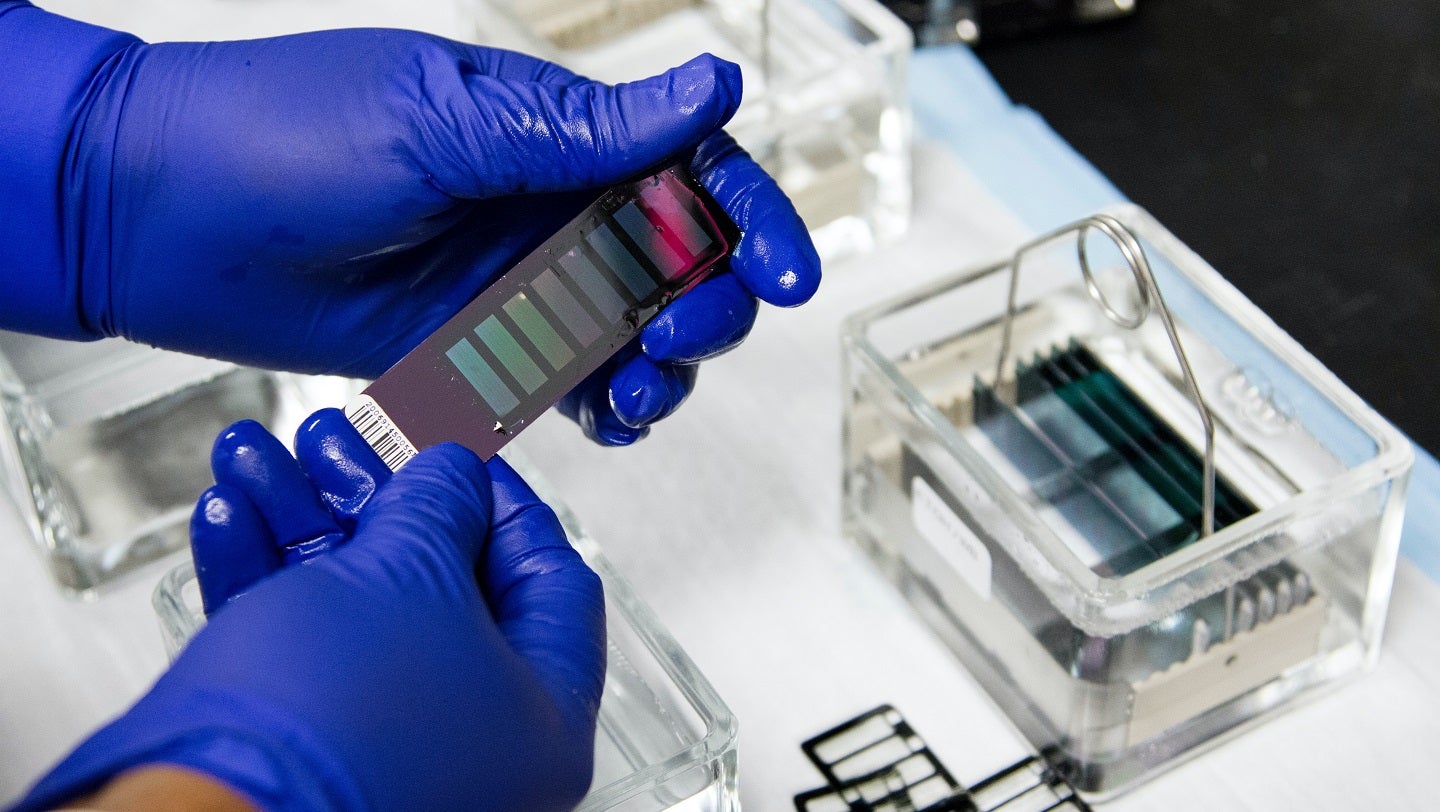
A private hospital in Hong Kong has unveiled a proton therapy centre for cancer patients, marking the first such facility in the region, reported South China Morning Post.
Proton therapy uses beams of protons to target tumours, minimising the dose of radiation to surrounding healthy tissue.
Speaking to the press, guest consultant for the treatment professor William Wong Wai-ling said: “Proton beams penetrate the body to a certain depth. How far they go depends on their energy and then they stop.
“X-rays don’t stop. They go through and through, so X-rays will deliver a lot more radiation to the normal tissue.”
This treatment option is considered to be less harmful for some types of cancer, such as those that are close to vital organs.
The new four storey centre at the Hong Kong Sanatorium and Hospital is equipped with two proton therapy machines and is expected to officially open in December.
How well do you really know your competitors?
Access the most comprehensive Company Profiles on the market, powered by GlobalData. Save hours of research. Gain competitive edge.

Thank you!
Your download email will arrive shortly
Not ready to buy yet? Download a free sample
We are confident about the unique quality of our Company Profiles. However, we want you to make the most beneficial decision for your business, so we offer a free sample that you can download by submitting the below form
By GlobalDataAccording to the publication, the centre will initially treat adult patients and plans to start treating children in the future.
It offers a more targeted and less harmful treatment option for some types of cancer and could improve the quality of life and long-term survival for patients.
Wong further noted: “Basically it has huge magnets to direct the angle of the beam and it’s a huge machine.
“The centre in Hong Kong actually is like a double-decker [bus]. When you look at it, it’s really very sophisticated engineering.”







